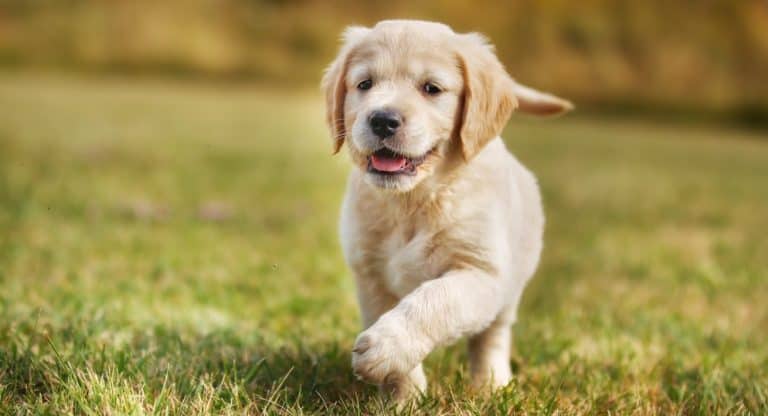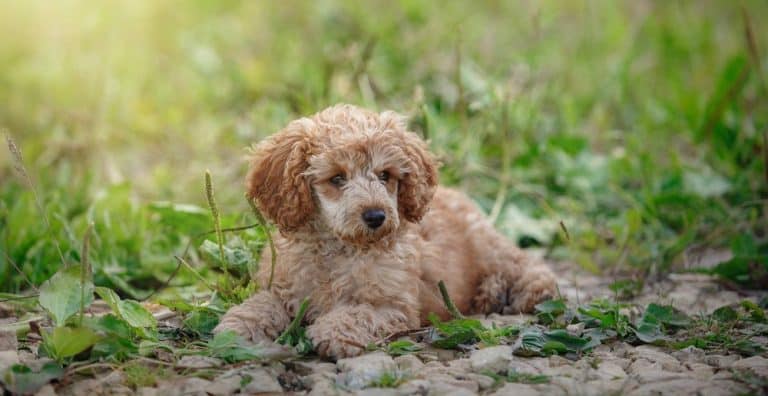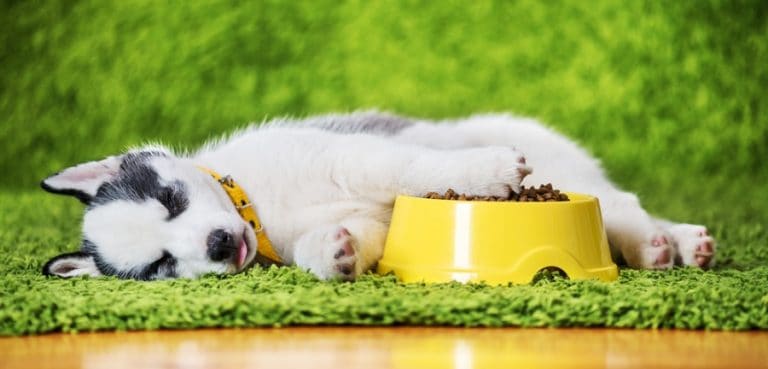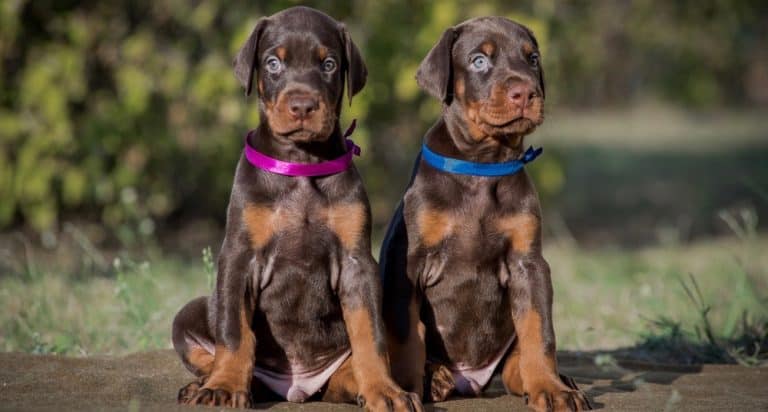How to Feed a Labrador
We recently covered the “What” of Labrador feeding in great depth, so if you’re looking for the best food for labs, that’s the place you should be looking. Here, we’re just going to touch on food choices, and we’ll take a good look at the “when” and “how often” questions too. So, for a quick and dirty guide on how to feed a Labrador – read on!
What to feed a Lab?
You have three basic food options: cooked food, raw food and kibble. While there’s a lot to be said for cooked and raw foods, labs will also thrive on good kibble. It’s quick, it’s convenient, you can take kibble anywhere you take your dog, and a good brand will include the necessary nutrients. For busy pet owners, kibble remains a popular choice.
Signs that your dog’s food doesn’t agree with him include bloating, itching, constipation, or diarrhoea. But remember, whenever you change a dog’s diet, it takes a little time for your pet to get used to the new food. Expect funny-looking stools for the first couple of days.
How to feed a Labrador: age matters
Puppies need less, more nutritious food more often. Their stomachs are still very small, and they are growing and developing full speed. This is the most important time to attend to your pet’s nutrition to ensure healthy growth and development. If you’re whipping up pet food at home, check with your vet to ensure you’re giving your pup a sufficiently nutritious diet.
Adult dogs don’t need food that’s as nutrient-rich as puppies, but they are very active, and need lots of fuel to keep up their energy levels. However, be careful about overfeeding. When viewed from above, your Lab should have a distinct waist. The ribs shouldn’t show, but you should be able to feel them under the skin with ease. Check with your vet if you’re not sure whether your dog is overweight.
Adult dogs can be fed once or twice a day, but if you’re feeding kibble, it’s better to spread the food across two daily meals. This reduces the chances of bloating and ensures better digestion.
Old dogs are much less active, and guarding against obesity becomes even more important. While your older pet still needs plenty of protein, he doesn’t need as much energy-giving fat in his diet. Kibble feeders should choose a good brand of senior pet food to get the balance right. It’s also better to feed older dogs twice daily because easy digestion is important.
Leftovers
Although feeding your dog leftovers is often frowned upon, most dogs certainly won’t frown if you give them a few leftovers. As long as you do your homework and avoid foods that are bad for dogs (even though they’re fine for humans), and don’t give them leftovers as an important part of their diets, they should be just fine.
Bowls
I’d like to advise you to avoid plastic bowls. They easily get scratched, making it difficult to clean the bowls properly. Worst of all, many pets can actually get “acne” from eating out of plastic bowls. Have you ever seen a cat or dog with little specks and scabs under the chin? Chances are, that’s pet acne, and they’re eating out of plastic bowls.
Stainless steel is hygienic and unbreakable, and I recommend it highly! Ceramics are ok too – but they can break. Whatever bowl you choose, make sure the top of the bowl is wide enough for your dog to eat comfortably.
That’s it for now – but if you’d like an in-depth look at the best foods for Labs, don’t miss our detailed review.






